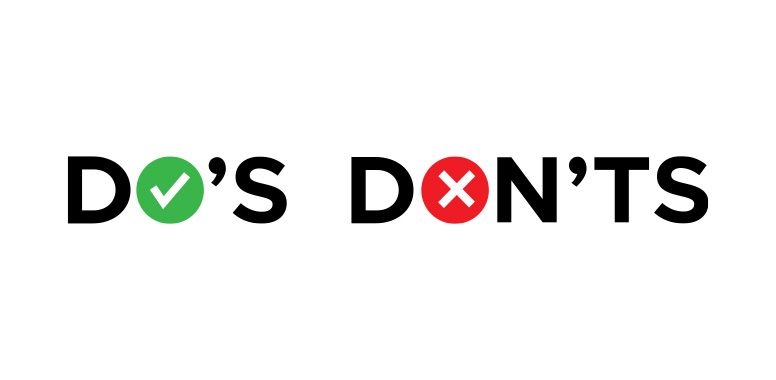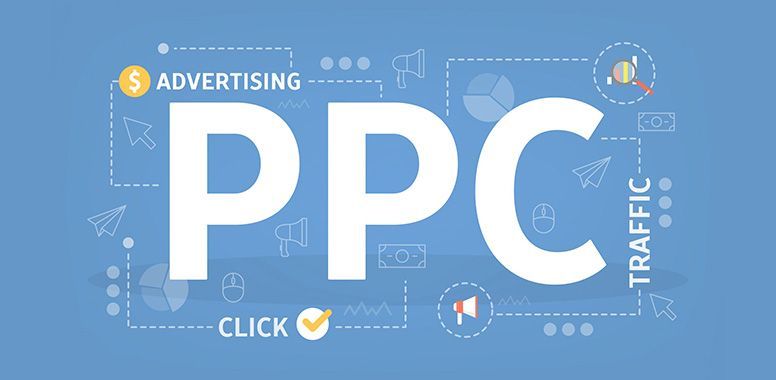Transforming Negative Feedback on Amazon into a Competitive Edge
Negative feedback is an inevitable part of selling on Amazon, but it doesn’t have to be a roadblock. Instead of viewing critical reviews as setbacks, see them as valuable insights—opportunities to refine your product, elevate customer satisfaction, and reinforce your brand’s credibility. When handled strategically, negative feedback can become a catalyst for growth, helping you build a stronger, more customer-focused business.
Let’s dive into how you can effectively manage, respond to, and even leverage negative reviews to your advantage.
Why Negative Feedback Matters
Amazon reviews play a crucial role in influencing purchasing decisions. While a handful of negative reviews won’t ruin your sales overnight, ignoring them can lead to:
- Lower Visibility & Conversions – Amazon’s algorithm factors in ratings when ranking products. Too many negative reviews can hurt search performance and reduce conversions.
- Brand Reputation Damage – Shoppers check reviews to gauge reliability. A brand that doesn’t address customer concerns may lose potential buyers.
- Account Health Risks – High volumes of negative feedback can affect seller metrics, potentially leading to suppressed listings or account suspensions.
By addressing feedback promptly, you can mitigate these risks and even turn dissatisfied customers into loyal brand advocates.
How to Handle Negative Reviews Effectively
1. Respond Quickly & Professionally
Acknowledge negative feedback within 24-48 hours to show you care. Stay calm, empathetic, and solution-focused.
✅
Example Response:
"We’re sorry to hear about your experience. Customer satisfaction is our priority, and we’d love to make things right. Please reach out via Amazon’s messaging system so we can assist you."
2. Offer a Solution
If the issue is product-related, provide troubleshooting steps, a refund, or a replacement.
3. Move the Conversation Offline
For complex concerns, encourage direct messaging to prevent further public complaints.
✅
Example:
"Thank you for your feedback. Please contact us via Amazon’s messaging system so we can resolve this for you."
4. Ethically Request a Review Update
Once an issue is resolved, you can politely ask the customer if they’d consider updating their review. However, never offer incentives—this violates Amazon’s policies.
✅
Example:
"We’re glad we could resolve your concern. If you’d like to update your review, we’d greatly appreciate it. Thank you for the opportunity to make things right!"
Handling Reviews That Violate Amazon’s Policies
Some reviews violate Amazon’s guidelines and can be reported for removal. These include:
- Profanity, hate speech, or personal attacks
- False or misleading claims
- Irrelevant content (e.g., complaints about shipping delays on FBA items)
- Suspected competitor sabotage (fake negative reviews)
How to Report a Review:
- Locate the review in Seller Central.
- Click “Report Abuse.”
- Choose the relevant reason and submit your request.
- Amazon will review and determine if the feedback should be removed.
How to Minimize Negative Reviews
While negative feedback is inevitable, proactive strategies can significantly reduce its occurrence and improve customer satisfaction.
1. Optimize Your Product Listings
Ensure your product descriptions, images, and specifications are 100% accurate. Clear and detailed listings prevent mismatched expectations, reducing the chances of disappointment and negative feedback.
2. Use High-Quality Images & Videos
Showcase your product in real-world scenarios from multiple angles. High-quality visuals help set accurate expectations, giving customers confidence in their purchase.
3. Deliver Outstanding Customer Service
Fast, friendly, and solution-focused customer support can turn potential complaints into positive experiences. Address concerns promptly and proactively to prevent frustration from escalating into negative reviews.
4️. Maintain Strict Quality Control
Regularly inspect inventory for defects or inconsistencies before shipping. Ensuring top-notch quality minimizes returns, complaints, and negative feedback.
5. Encourage Positive Reviews (the Right Way)
Use Amazon’s
“Request a Review” feature to invite happy customers to share their experience. Avoid incentivizing reviews, as this violates Amazon’s policies—let your excellent service and product quality speak for themselves.
By implementing these best practices, you can reduce negative feedback, enhance customer satisfaction, and build a stronger, more reputable brand on Amazon.
Using Negative Feedback to Improve Your Business
Rather than seeing negative feedback as a setback, use it as a tool for continuous improvement. Here’s how:
- Identify Recurring Issues – Monitor your reviews for common complaints. Are customers frustrated by unclear assembly instructions? Are they reporting durability issues? Spotting patterns in negative feedback allows you to address underlying problems at their root. Use tools like Helium 10’s Review Insights to analyze customer sentiment efficiently.
Enhance Product Quality – If customers repeatedly point out a specific flaw—whether it’s weak stitching on a bag or a flimsy handle on a kitchen gadget—it’s time to revisit your product design. Collaborate with your manufacturer to improve materials, durability, or functionality based on real user experiences.
Optimize Packaging & Instructions - Many negative reviews stem from poor packaging (damaged items on arrival) or unclear instructions. Consider upgrading to protective packaging to prevent shipping damage and rewriting your instruction manuals to be more user-friendly. Including a QR code linking to a step-by-step video guide can also enhance the customer experience.
Improve Listing Accuracy & Transparency - Mismatched expectations often lead to dissatisfaction. Ensure that your product descriptions, images, and specifications accurately reflect what the customer will receive. If your item runs smaller than expected, mention it in your listing and suggest sizing up. If assembly is required, make that clear and provide helpful resources.
Innovate Based on Feedback - Negative feedback is a goldmine for product development. Use it as an opportunity to innovate—whether it’s launching a new and improved version of a product, offering an additional accessory or bundle, or even creating a brand-new product that better meets customer needs.
Final Thoughts
Negative feedback isn’t a liability—it’s an opportunity. A well-handled complaint can turn a dissatisfied customer into a loyal buyer. Your success on Amazon isn’t about avoiding bad reviews but about how effectively you respond to them.
Don’t let negative feedback hold your brand back—turn it into a competitive advantage! Reach out today or book a Zoom call to explore how we can take your Amazon business to the next level. Let’s unlock your brand’s full potential together with
CMO!


